We may earn money or products from the companies mentioned in this post. This means if you click on the link and purchase the item, I will receive a small commission at no extra cost to you ... you're just helping re-supply our family's travel fund.
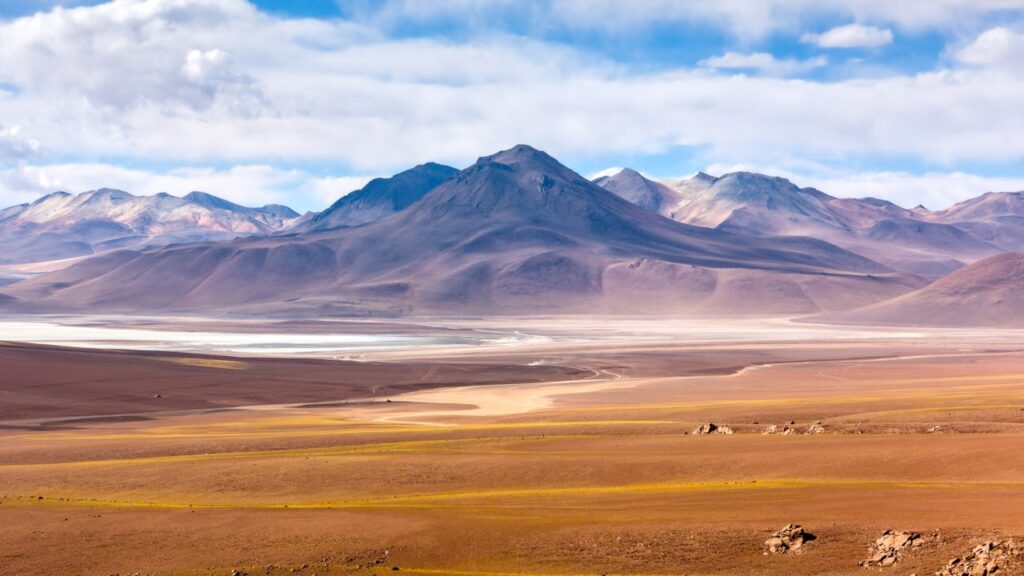
When you think of deserts, you probably picture dunes and heat that wavers on the horizon. Look closer and you find water, and with it, an entire cast of survivors. Desert lakes and oases are pulse points where birds refuel, palms root deep, and people tune their lives to snowmelt, springs, and salt. If you love big skies and quiet edges, these nine places show how life extracts abundance from scarcity and reminds you to carry both curiosity and plenty of drinking water.
1. Siwa Oasis, Egypt
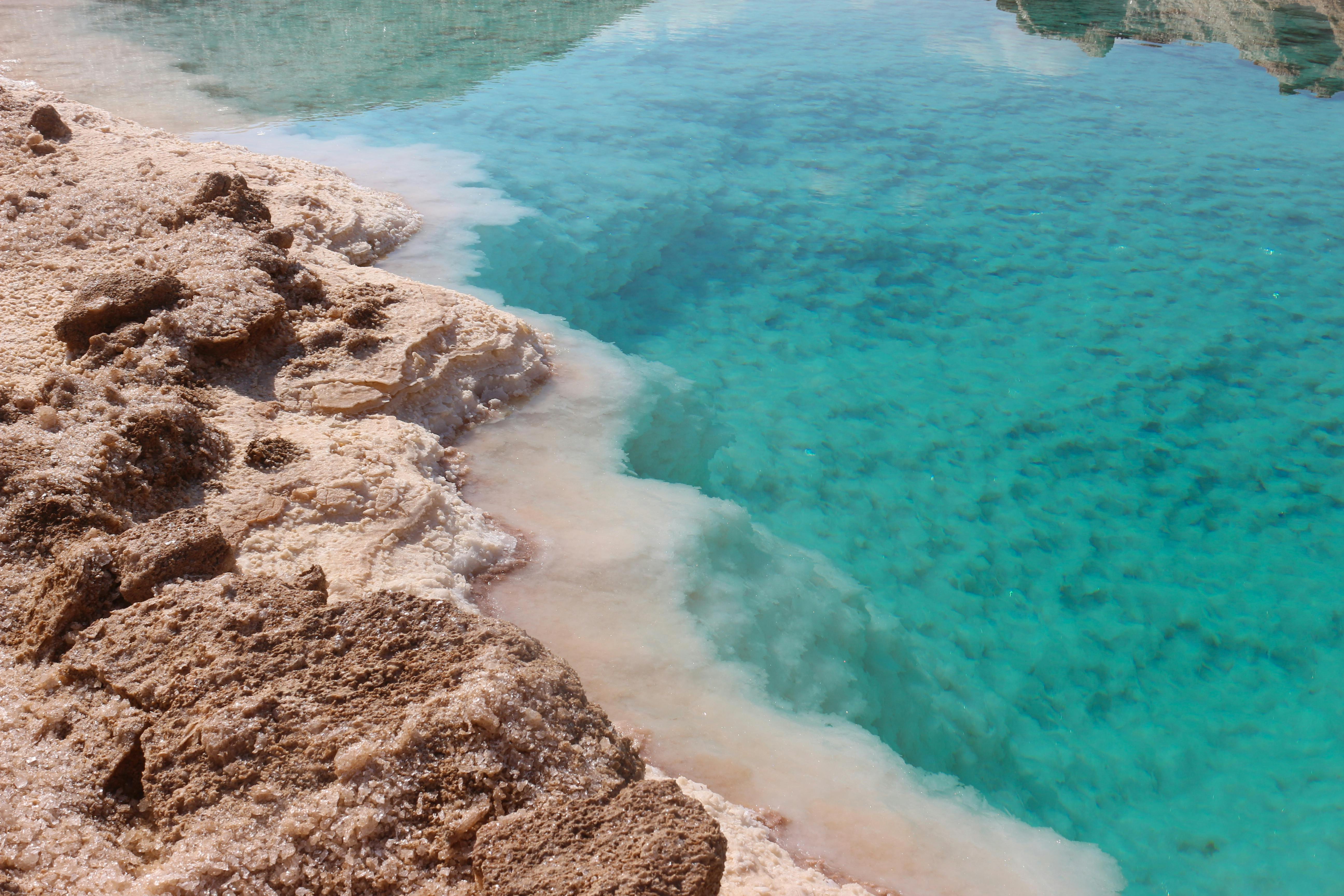
Palm groves shimmer against golden dunes, and shallow springs thread through salt flats. In Siwa you meet a living oasis culture shaped by Berber language, date harvests, and mudbrick architecture fortified with salt crystals. Float in Cleopatra Spring at midday, then climb the ruins of Shali at sunset to watch the desert turn rose and copper. Lake Siwa’s brackish waters shelter birds on migration, proof that even a hard landscape can feed and water life when people read it well.
2. Lake Turkana, Kenya
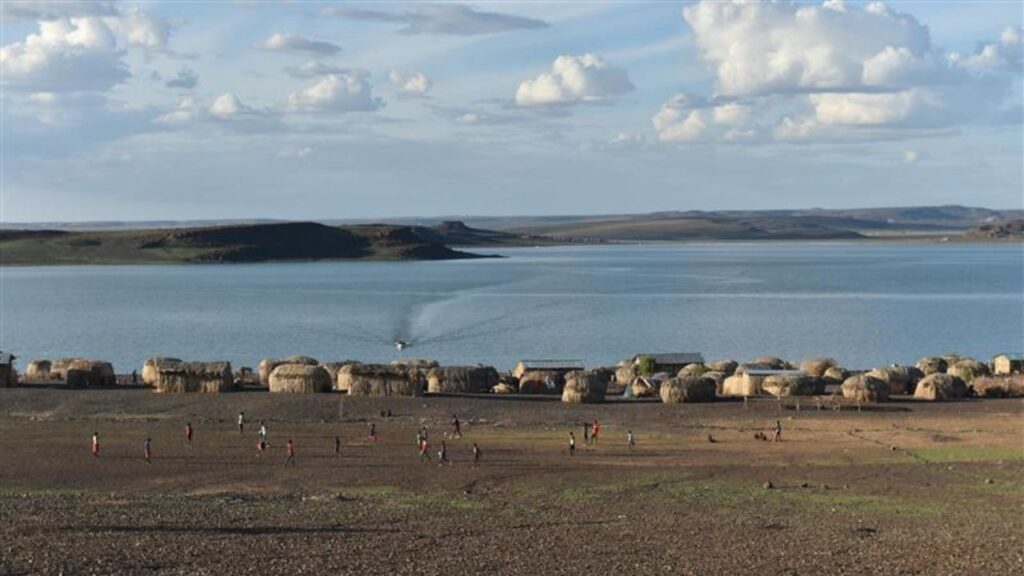
Turkana is a vast jade ribbon in Kenya’s northern desert, whipped by wind and ringed by volcanic shores. You feel its scale first, then its pulse: tilapia nets drying in the sun, crocodiles warming on basalt, and flamingos lifting like confetti. The lake is largely fed by the Omo in Ethiopia, so flows upstream matter. Visit with local guides, learn about Turkana culture, and carry water and respect in equal measure. Life here is tough, resilient, and unmistakably present.
3. Great Salt Lake, Utah, USA
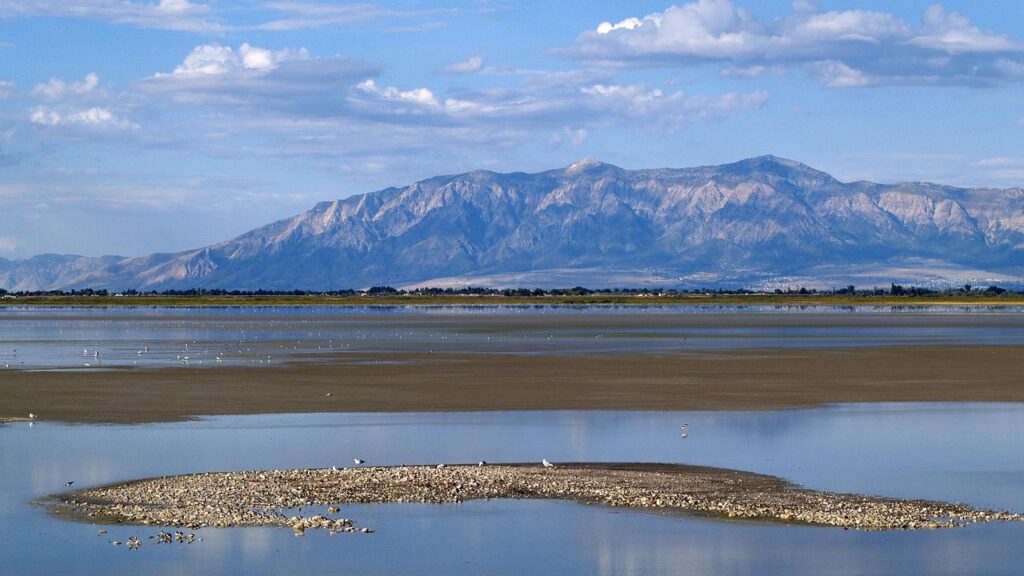
Drive across Utah’s Great Basin and the horizon flashes silver. The Great Salt Lake supports clouds of brine flies, armies of brine shrimp, and millions of migrating birds that turn air into a living current. Walk the causeway or Antelope Island to see pelicans, bison, and mirror-flat water folding sky into itself. Salinity and surface area shift with snowpack and heat, so check conditions and choose sunrise or dusk for color and calm. Even the smell tells a story of change.
4. Huacachina Oasis, Peru
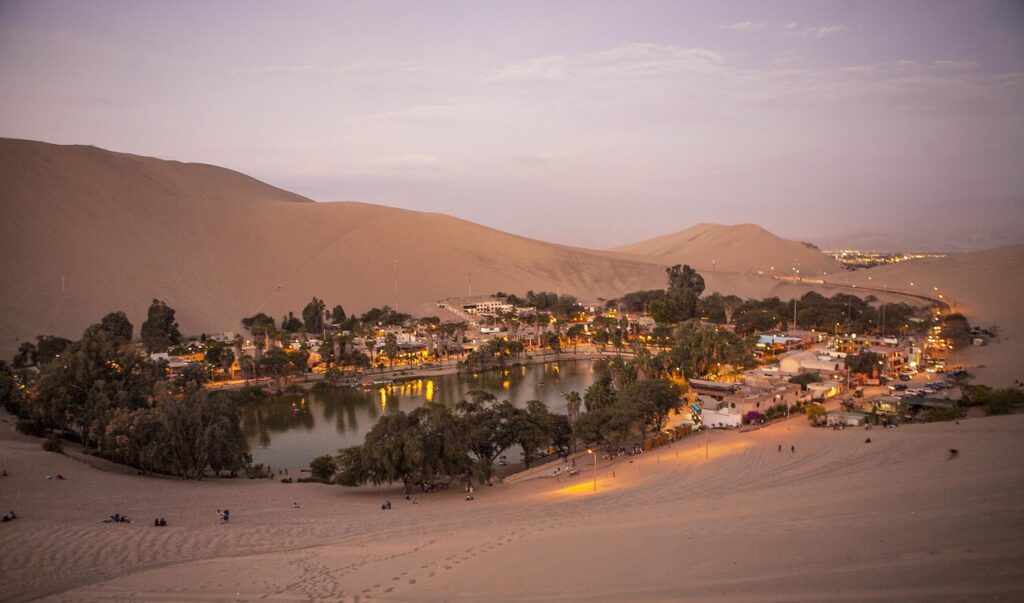
Huacachina looks like a mirage made practical. A green lagoon ringed by palms sits cupped in towering Peruvian dunes, where a natural spring once fed bathhouses and gardens. Today you climb sand ridges for sunset, ride dune buggies, and cool off with a paddle on the water. Early morning is quieter and shows how the village depends on careful pumping and conservation to stay alive. Order ceviche in the shade and watch sandboarders carve lines that vanish with the wind.
5. Crescent Lake, Dunhuang, China
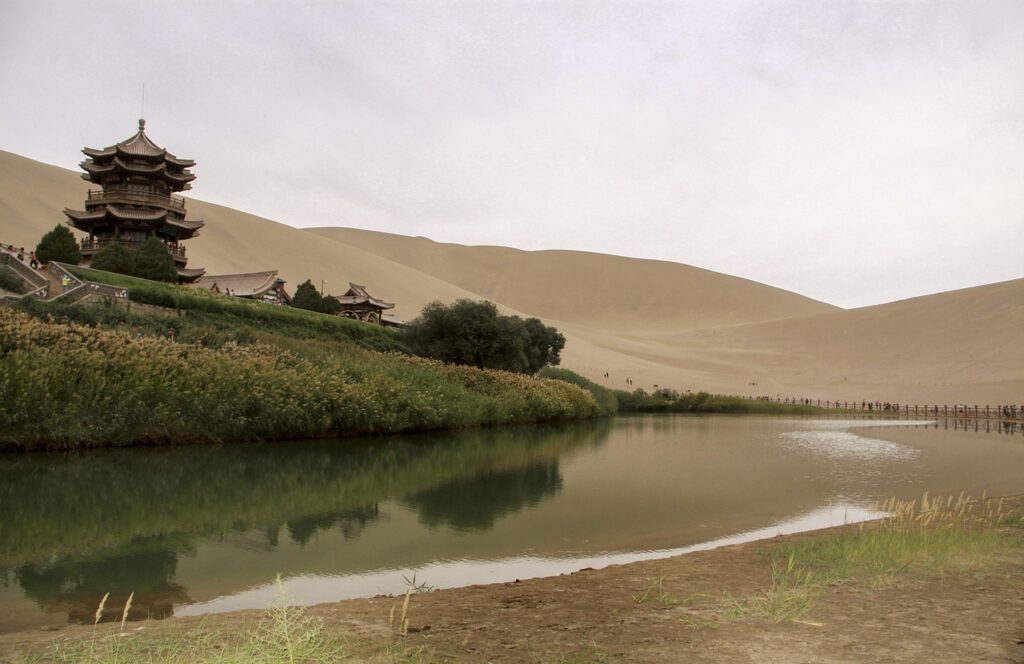
At the edge of the Gobi, Crescent Lake rests in a sheltered bowl at the foot of Dunhuang’s dunes. The water is deep blue against tan slopes, with a small pavilion and reeds nodding in dry air. Walk the plank paths, sip tea, and listen for the dunes that sing when wind pushes sand just right. Management now pipes water to stabilize levels, a reminder that oases are relationships as much as places. Come in late afternoon for long shadows and soft light.
6. Al Ahsa Oasis, Saudi Arabia
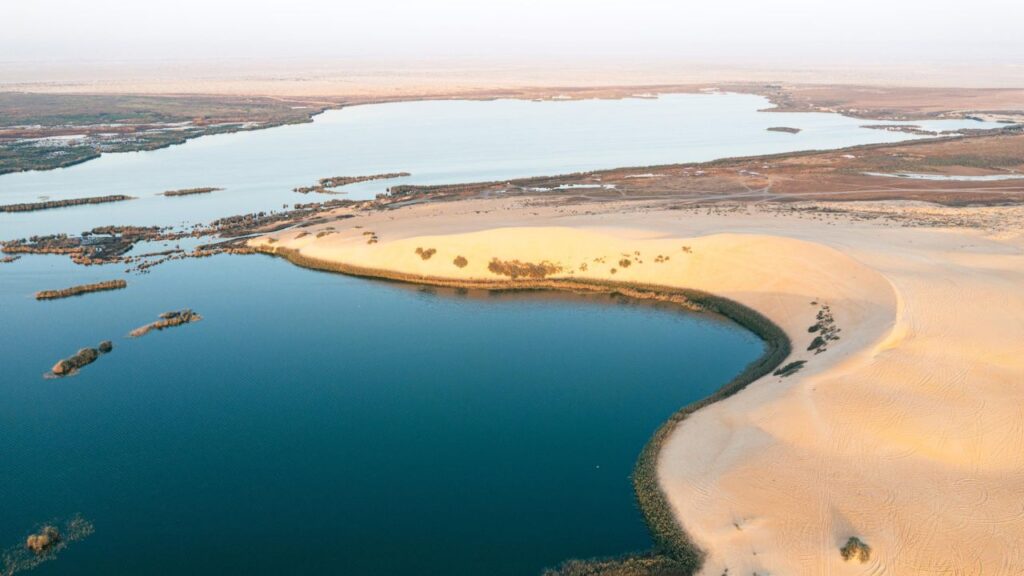
When you reach Al Ahsa you drive through miles of date palms, canals, and cool springs stitched into the desert. The oasis is a UNESCO site because it is both ancient and ongoing, a network that has fed caravans and cities for centuries. Wander souks for halwa and coffee, then follow irrigation channels to small farms where water rights and planting cycles keep orchards humming. Climb to Al Qarah’s caves for a breeze and a wide view over green in a sea of sand.
7. Kati Thanda–Lake Eyre, Australia
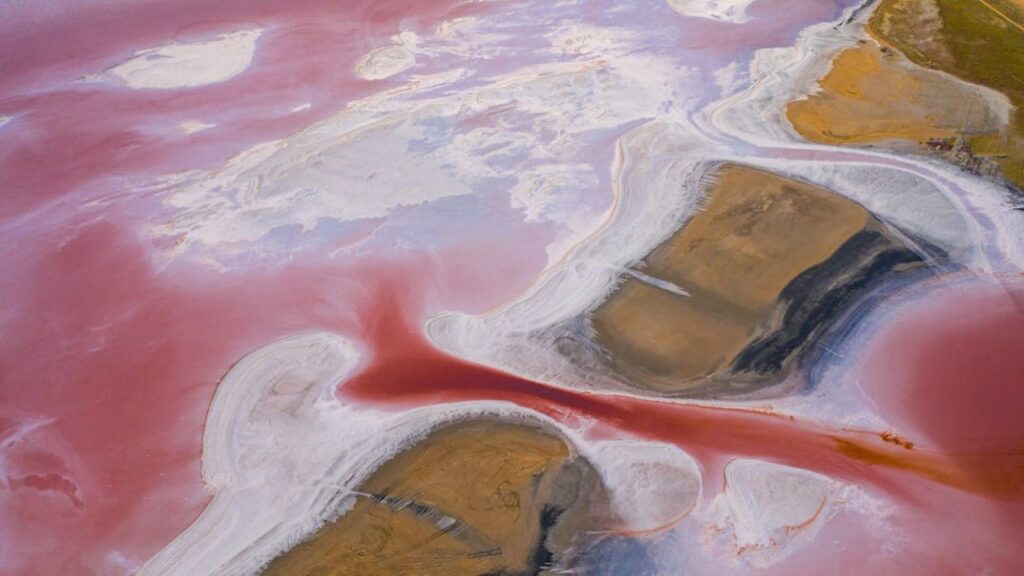
Kati Thanda–Lake Eyre sleeps for years, then wakes big. When floodwaters arrive from faraway catchments, the salt pan becomes Australia’s largest lake, birds pour in, and pink streaks the shallows with algae. You can fly over braided channels, drive out on formed tracks when dry, or sit quietly on the edge and watch distances bend. Respect closures and the country of the Arabana people. A full lake is rare, but even an empty one holds space that feels almost oceanic.
8. Atacama Lagoons, Chile
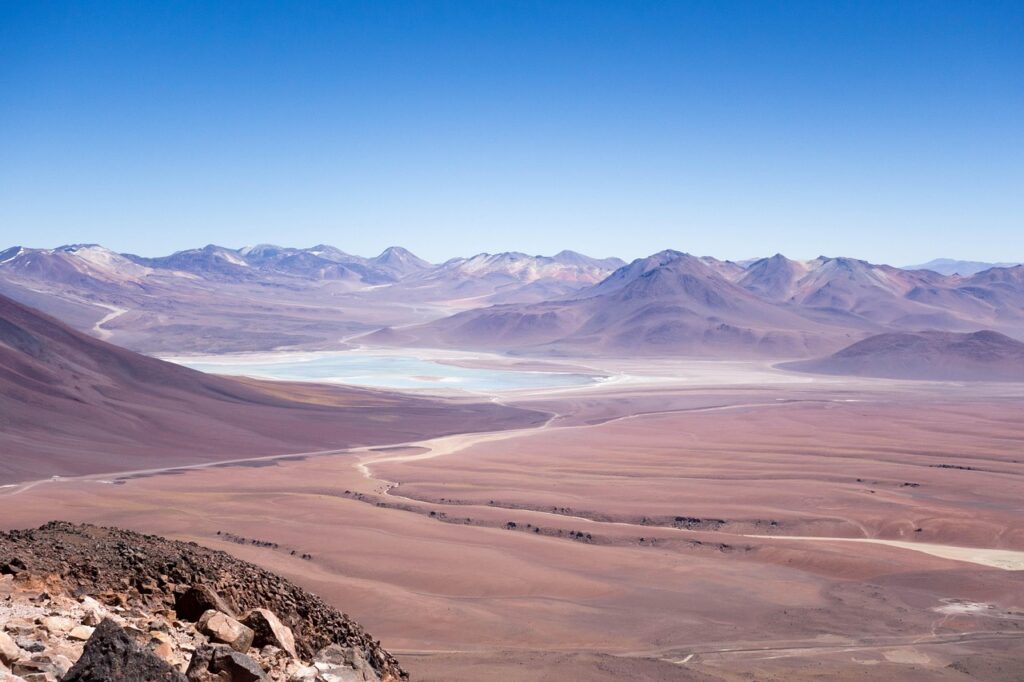
South of San Pedro de Atacama the Salar holds shallow lagoons like Chaxa that glitter with crusted salt. In the thin air you watch Andean flamingos feed, their reflections shivering with heat. Water here depends on groundwater and highland snow, so levels shift with seasons and mining pressure. Visit with local guides who can explain how communities balance tourism, lithium extraction, and protected areas. Sunset turns the volcanoes violet and the flats to polished glass.
9. Ein Gedi, Israel
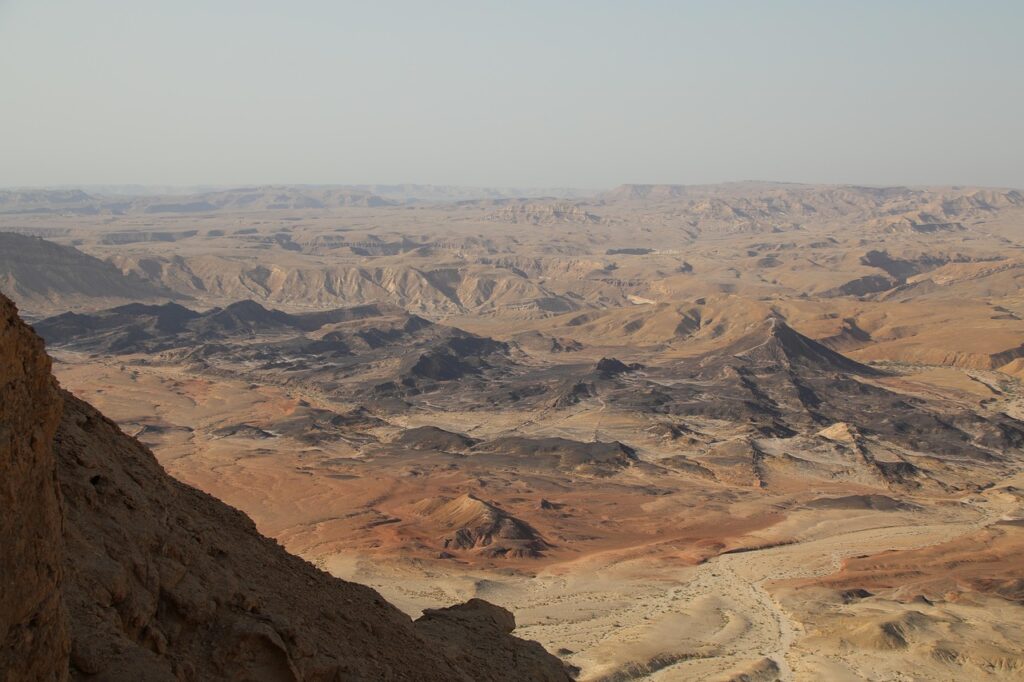
Ein Gedi is a green seam on the Dead Sea’s barren shore. Springs tumble through slot canyons into pools shaded by fig and acacia where ibex pick their way along cliffs. You can hike to waterfalls, explore ancient synagogue mosaics, and feel the air cool under reeds even in midsummer. Salt flats and mineral air sit just beyond the palms, a sharp contrast that makes the water taste sweeter. Start early, carry plenty to drink, and linger where shade and songbirds gather.